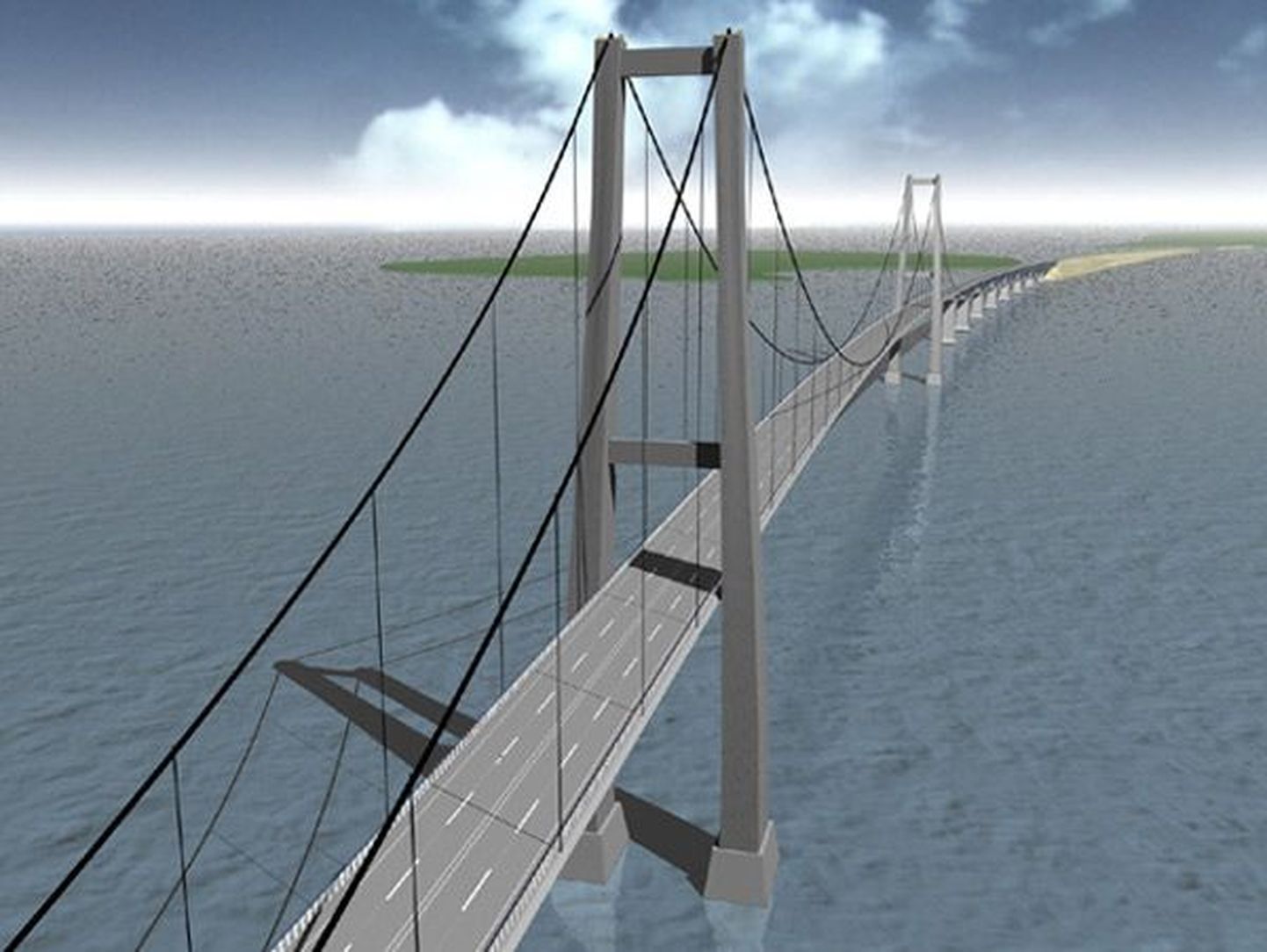In imaginations of visionaries, all paths – for planes, ships, cars and trains – were headed to Tallinn, first; from here, they were going to spread out to the rest of the nations. It was pictured how huge international company aircraft keep landing on our airstrips, spilling forth laptop-bag-carrying businessmen and tourists in their striped trousers – eyes ablaze with an unquenchable desire to pour whatever they had in their pockets, or on bank accounts, into the Estonian economy. And how the economy, then, would burst out blooming with huge bright flowers to the tune of Yellow Submarine cartoon.
Looking back to these days of bubbling optimism, it feels like the vision went the usual route of all scenarios: blame the bad scriptwriters or money running out with half the movie left to shoot. And while, for a moment, approaching footsteps of the euro caused us to believe that here, at last, comes the Central Baltic Position, the past few years have served to water down the verbiage of the enthusiasts.
True: the planes do land, opening their doors to let out perspective investors and generous tourists. However, the landings fall on Riga, not Tallinn. Partly, this is inevitable – locations not only ruling real estate, but international competition as well. The other reason going back to the basis of abovementioned overly optimistic vision: transport network. Not that Riga would be better capable to grant a fast link to global hubs – it’s just that as a more distant periphery, Estonia would have to try a lot harder. But, sadly, trying takes money.
